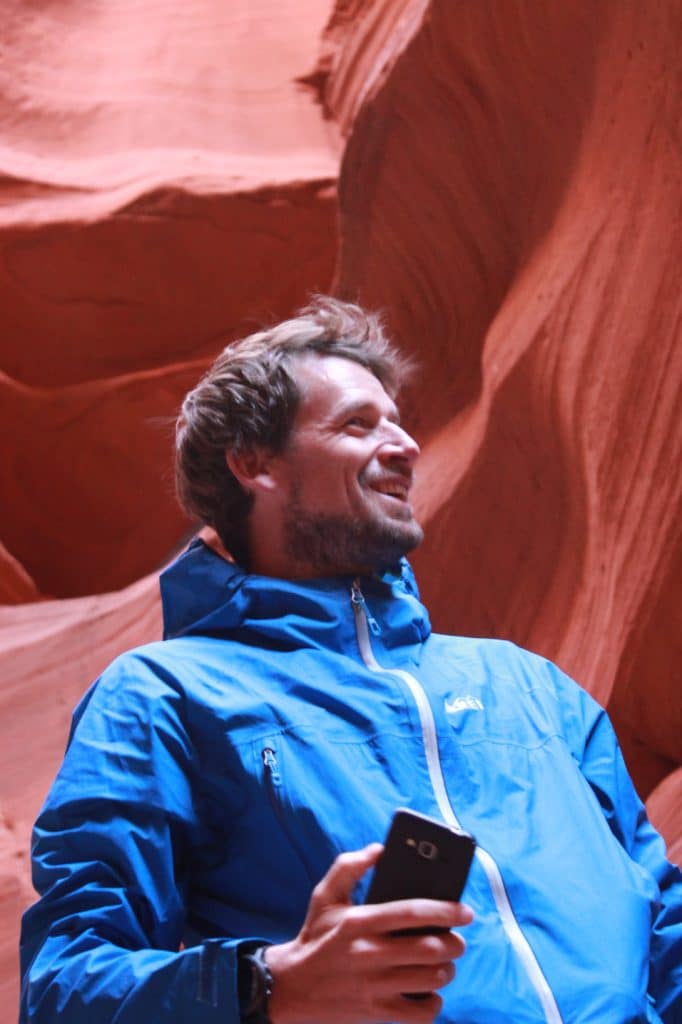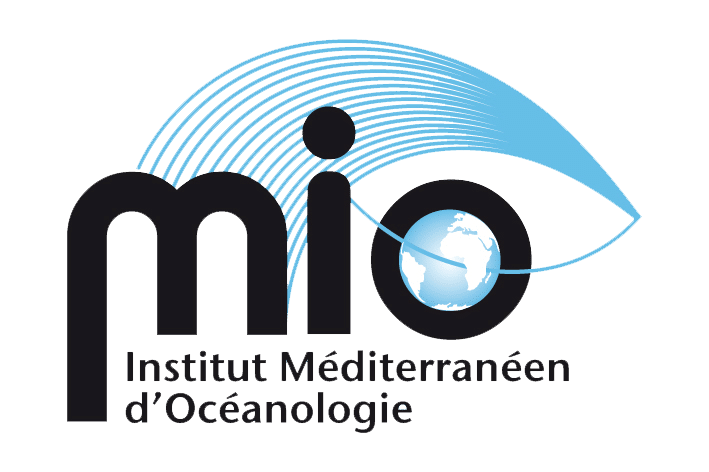Invité par notre collègue James Bradley, le Dr Dominik Hülse, Centre des sciences environnementales marines, Université de Brême, donnera un séminaire à 13h00, le mardi 4 novembre 2025, Amphithéâtre OCEANOMED, sur le thème : Organic carbon burial in global continental margin sediments.
Résumé
Continental margin sediments—where land and ocean meet—are hotspots for the accumulation of organic matter from both terrestrial and marine sources. These environments connect the fast-moving carbon cycle with the slow geological processes that lock carbon away for millions of years, making them major long-term sinks for atmospheric CO₂. Yet we still know surprisingly little about how much carbon gets buried there, or where it happens, because observations are patchy and the environment is incredibly diverse. In this talk, I will show how we combine new seafloor observations with machine learning and reaction–transport models to map this hidden carbon sink. Our work delivers the first global, mechanistic, observation-based picture of how organic carbon moves through and gets buried along continental margins—both in space and over time. Our results reveal that these sediments form one of Earth’s largest and most enduring carbon sinks, bigger than lakes, reservoirs, and all coastal vegetated ecosystems combined. We find that burial is far from uniform—it’s concentrated in tropical and polar margins and marginal seas. A country-level analysis shows that the highest long-term OC burial fluxes occur within the Exclusive Economic Zones (EEZs) of Indonesia and Russia, with the combined European EEZs burying approximately as much organic carbon as Russia. Finally, I will outline how these insights can help guide marine conservation, management, and climate policy.





